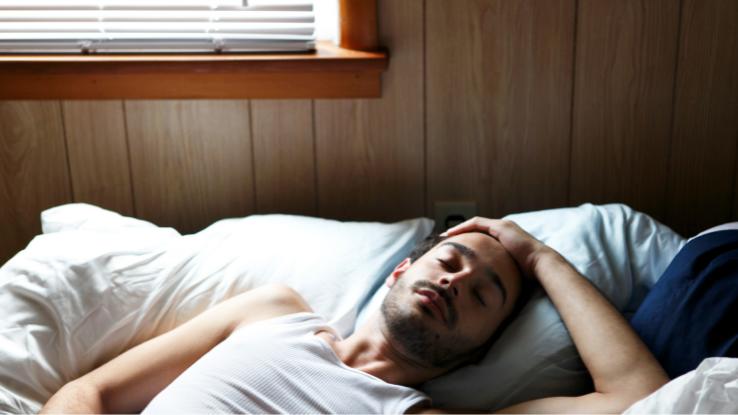
A migraine is an intense headache that can last for hours, and, most often, it’s a reoccurring issue for individuals. Usually, the migraine occurs on one side of the head, but it can impact both sides or the area behind one’s eye(s). Most often, the migraine is marked by a severe pounding or pulsing sensation. As many as one out of five women and one out of fifteen men experience migraines.
The accompanying symptoms can be just as intense before, during, and after the telltale headache portion of a migraine. Moreover, some people may experience classic migraines, which are notably accompanied by sensory warning signs known as an “aura”. Of course, others experience no warning signs at all. While symptoms may vary, it’s still important to understand the signs most often associated with a migraine, especially if you experience — or think you might experience — them on a regular basis.
Symptoms One Might Experience Before a Migraine
Several stages can warn an individual of an approaching migraine, even before the telltale headache begins. Individuals may feel symptoms up to 24 hours before the actual headache. Restlessness, nervousness, or sleepiness are common before a migraine. Other signs that many people experience include:
- Food cravings
- Stiff neck
- Changes in mood
- Constipation
- Increased yawning

Symptoms Associated With an Aura
If a person is experiencing a classic migraine, there’s often a period of time before the actual migraine headache sets in called an aura — a time marked by sensory disturbances. For many individuals, an aura looks like a squiggly line that obscures part of one’s vision. A third of people who suffer migraines experience an aura, which can last anywhere between 5 to 60 minutes before the migraine headache sets in. An aura can also occur during the migraine or, in some cases, it can occur without an accompanying headache. Symptoms associated with an aura include:
- Dizziness
- Muscle weakness
- Seeing flashing or bright lights
- Tingling sensation
- Loss of consciousness
Symptoms of a Migraine Headache
The most prominent indication that a migraine exists is the symptoms that occur during the pulsating headache. Most individuals experience throbbing pain on one or both sides of the head, or behind one or both of the eyes. This pain may worsen with routine physical activity. Symptoms that can accompany the headache include:
- Tiredness
- Lightheadedness
- Sensitivity to sound or light
- Changes in vision
- Increased pain with movement
Extreme Migraine Symptoms
Less common symptoms that can occur during a migraine include tingling in the shoulders, arms, and/or face as well as temporary weakness on one side of the body. Some people may also have problems speaking during a migraine headache. Those symptoms may not be a cause for concern, but individuals should contact a medical professional if they experience any of the following symptoms:
- High temperature
- Intense, painful headache that starts instantly
- Paralysis in the arms or face
- Slurred speech
Symptoms That May Occur After the Migraine Headache Has Passed
The effects of a migraine sometimes continue even after the headache subsides. These late-stage symptoms will likely fade gradually over a couple of hours. Nonetheless, people can feel very fatigued and/or experience muscle aches, which can last up to 24 hours after a migraine headache subsides.
Migraines, which are characterized as pulsating headaches, can affect people of any age. Individuals who experience symptoms of a migraine headache should consult with a medical professional for treatment to avoid recurring pain, which is, often, severe enough to interrupt daily routines. The intensity and symptoms of the migraine will often vary depending upon the individual. However, common signs can indicate that the pain is caused by more than just an ordinary headache.
Resource Links:
- “Migraine” via MedlinePlus
- “Migraines” via FamilyDoctor.org
- “Migraine” via National Health Services (NHS)
- “Migraine” via Mayo Clinic





